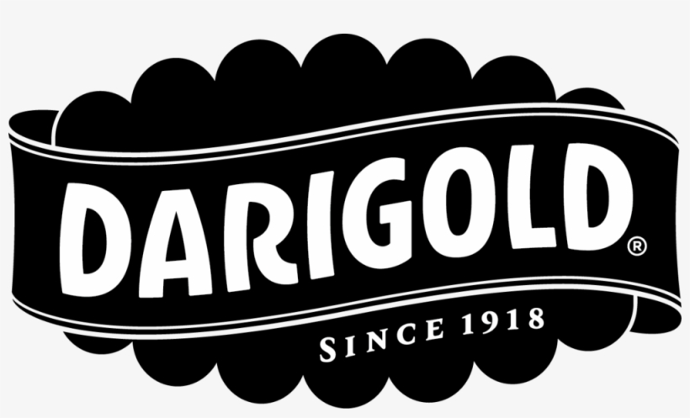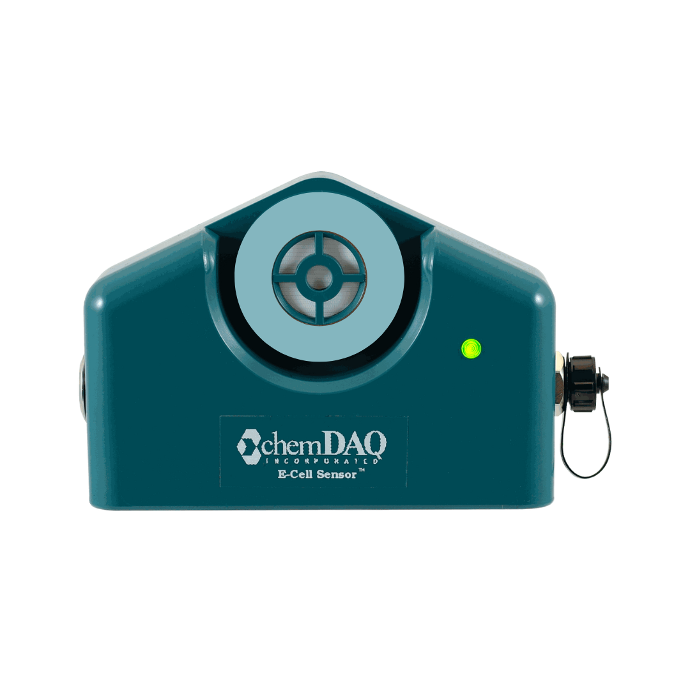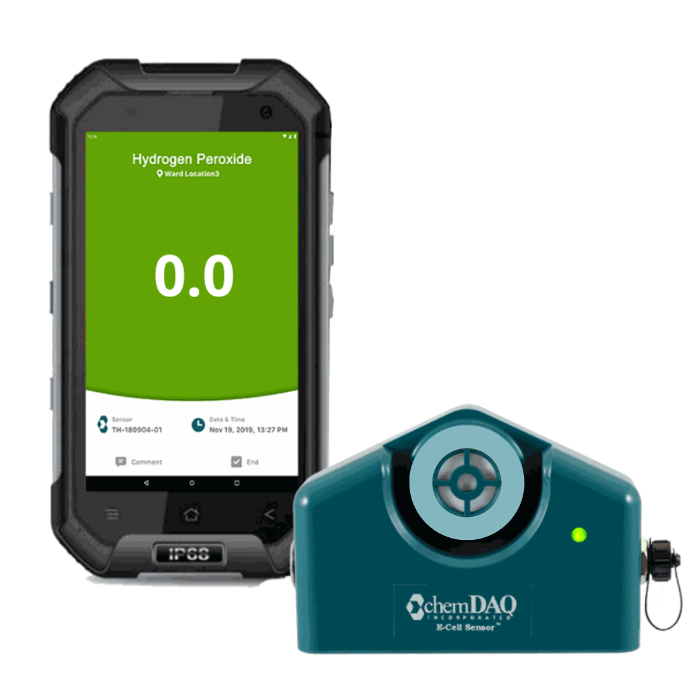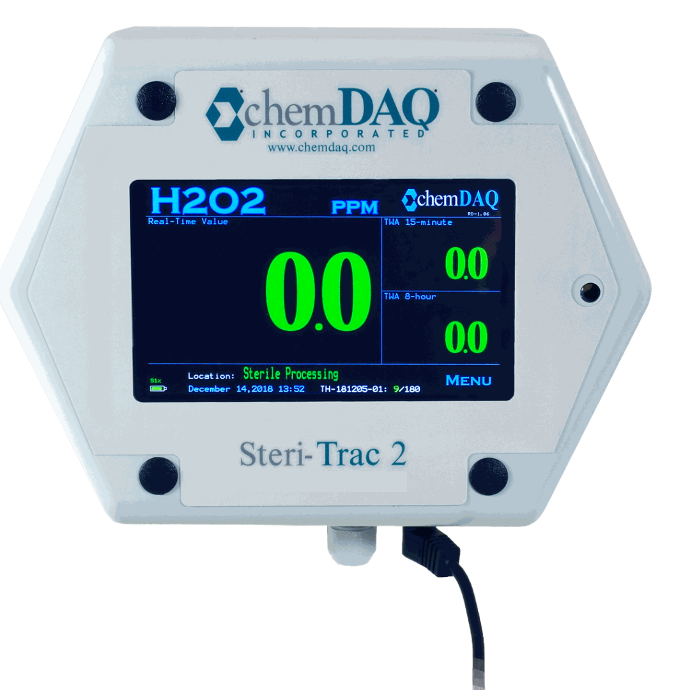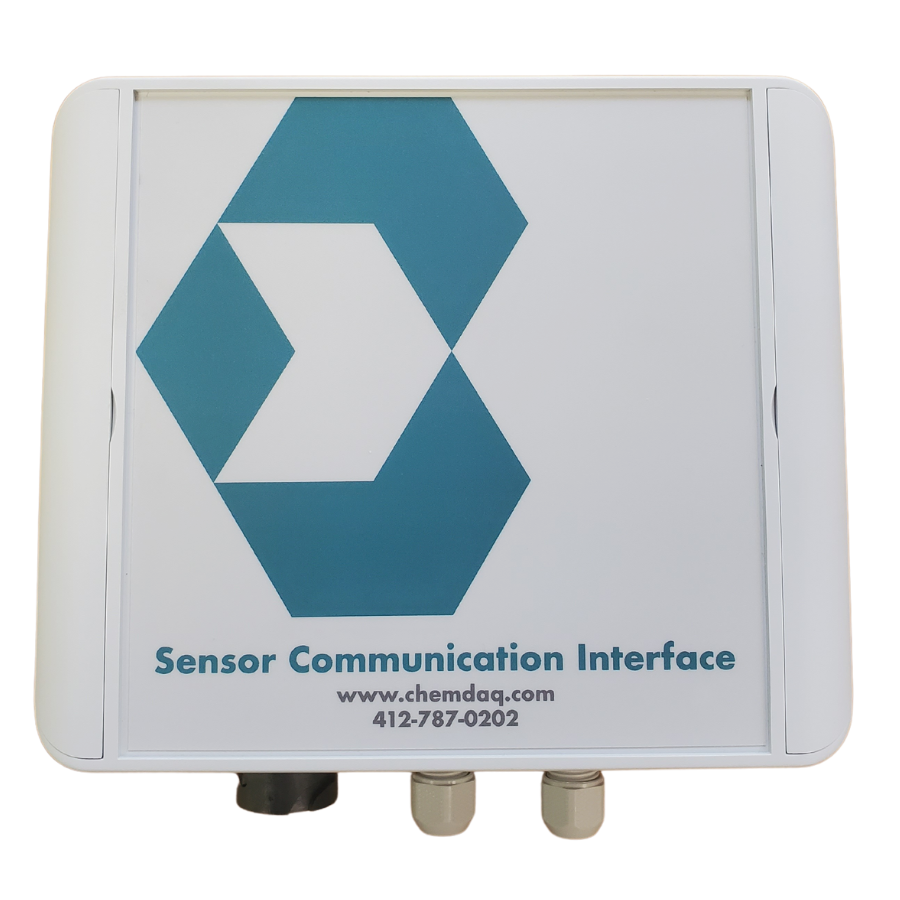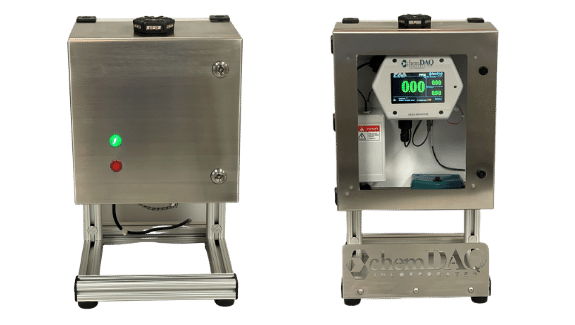
Healthcare
Hospitals rely on H₂O₂ to sterilize medical instruments needed in patient care. This essential task requires workers to employ high concentrations of H₂O₂ in hydrogen peroxide vapor sterilizers widely found in Sterile Processing departments.
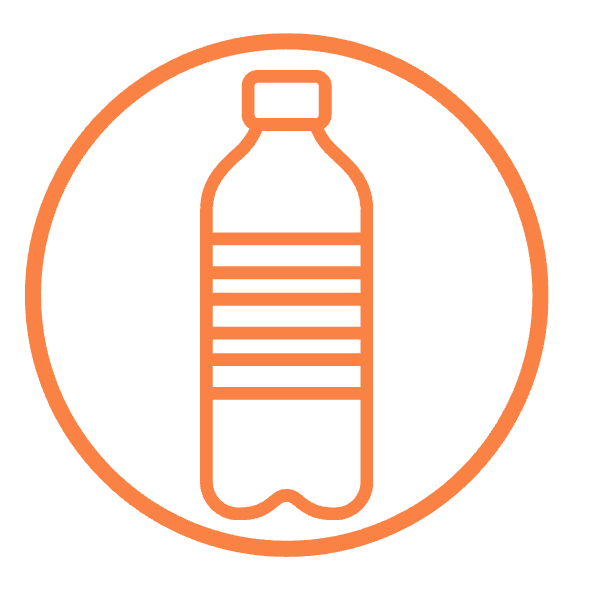
Food & Beverage Packaging
H₂O₂ is used in high concentrations and in large quantities through aseptic packaging operations to ensure the safe production of common food and beverages.
What Makes Hydrogen Peroxide Hazardous?
Despite its usefulness in these applications, H₂O₂ poses serious hazards and health risks. H₂O₂ is a strong oxidizing agent and contact of the liquid with organic materials such as paper or oils can lead to fires, whereas contact with skin, eyes or mucous membranes can result in chemical burns. H₂O₂ vapor reacts similarly and breathing it can result in severe damage to the lungs and respiratory system. OSHA has promulgated permissible exposure limits for H₂O₂ vapor and several organizations have developed safety guidelines for using H₂O₂ in the workplace.
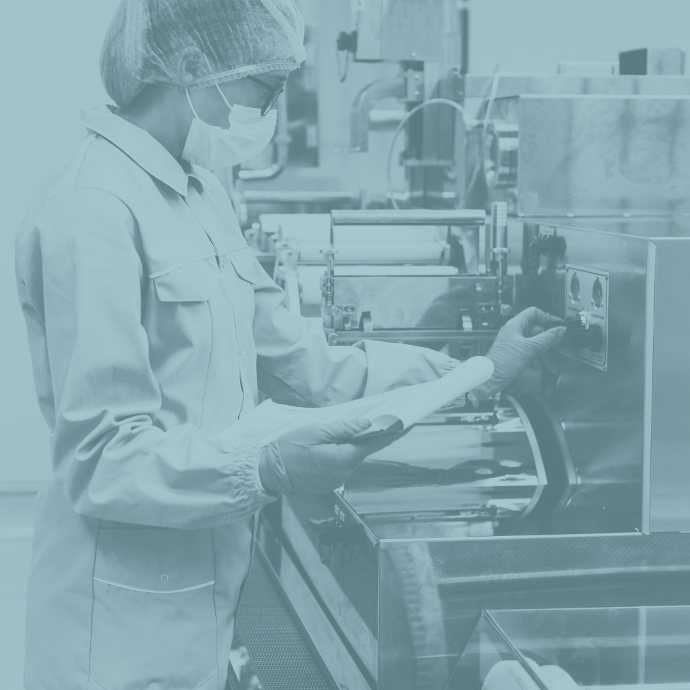
Common Symptoms of Exposure
Exposure to H₂O₂ can occur from inhalation or direct contact. Exceeding exposure limits can cause:
- Skin infection, redness, burns and irritation
- Excessive fluid buildup in the lungs
- Eye irritation and damage to the cornea
- Nose and throat irritation
- Headaches, dizziness, nausea and vomiting
- Hair discoloration and bleaching
Available Monitoring Solutions
If your facility uses H₂O₂, a continuous monitoring system ensures your workforce is safe.
E-Cell Sensor
Most electrochemical sensors used to measure H₂O₂ are tested and calibrated with sulfur dioxide. ChemDAQ’s E-Cell Sensor is calibrated with pure H₂O₂ for the most accurate and consistent readings.
SafeCide™ Series
Quickly and easily detect hazardous areas with the SafeCide series, a portable monitoring system to provide real-time measurements on the floor and easily identify hot spots and leaks.
Steri-Trac® Series
ChemDAQ’s premier fixed area monitoring system, the Steri-Trac series of products are designed to continuously measure and alert you to hazardous vapor levels in the air.
Sensor Communication Interface (SCI™)
The SCI is a multi-configurable monitoring solution to accurately and reliably detect vapors throughout your facility and communicate readings to a compatible data system for enhanced connectivity.
VaporAlert™ Series
The first and only water-resistant monitoring system on the market, the VaporAlert is designed to continuously monitor in the wet areas of your plant or department.
Connect with a Product Expert
Need help determining which monitoring system best fits your needs? We can help!
Leading Brands Monitor for H₂O₂




